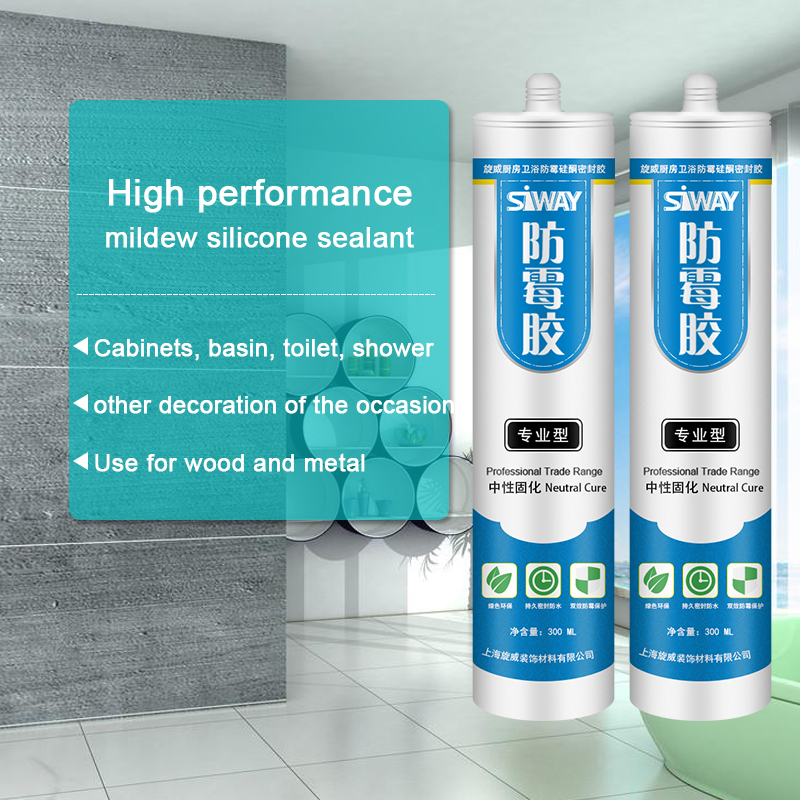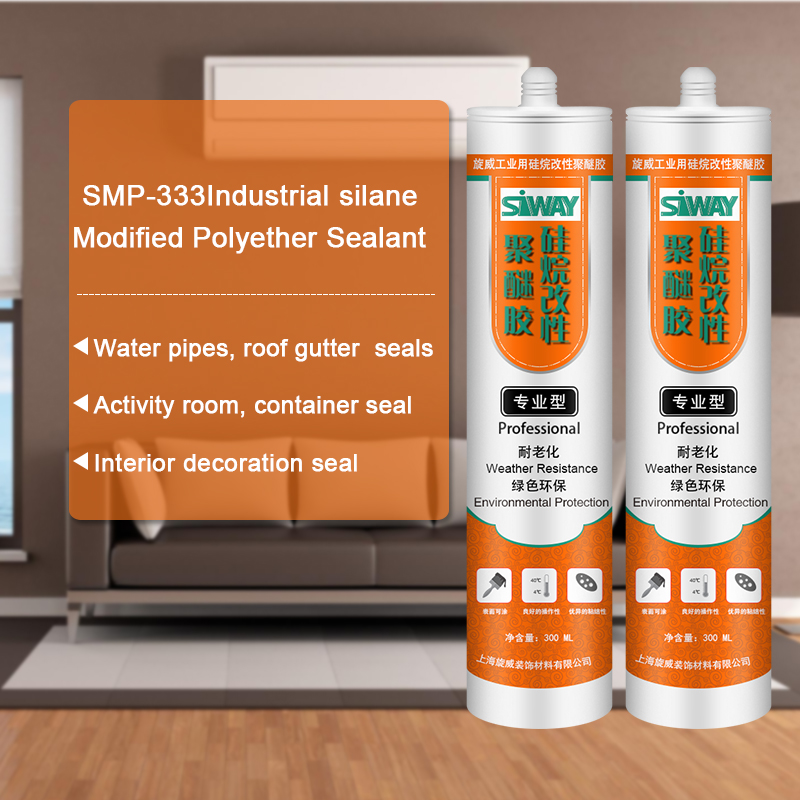Factory best selling SV-8890 Two-component Silicone Structural Glazing Sealant to Dominica Factory
Short Description:
Description SV8890 is neutral curing, designed for glass, stone, marble, granite, aluminum curtain wall and glass daylighting roof and metal structural engineering structural adhesive seal designed silicone sealant structure, excellent bonding performance of structure and the weathering resistance, after artificial accelerated weathering test, various physical and chemical properties have no obvious change in the sealant. When using, SV8890 with dedicated two-component glue machine constructi...
Reliable quality and good credit standing are our principles, which will help us at a top-ranking position. Adhering to the tenet of "quality first, customer supreme" for Factory best selling SV-8890 Two-component Silicone Structural Glazing Sealant to Dominica Factory, items won certifications with the regional and international primary authorities. For far more detailed information, please contact us!
Description
SV8890 is neutral curing, designed for glass, stone, marble, granite, aluminum curtain wall and glass daylighting roof and metal structural engineering structural adhesive seal designed silicone sealant structure, excellent bonding performance of structure and the weathering resistance, after artificial accelerated weathering test, various physical and chemical properties have no obvious change in the sealant. When using, SV8890 with dedicated two-component glue machine construction, two kinds of components in accordance with the provisions, mixing ratio after curing form elastomer.
Key Features
1. None sag
2. Adjustable working time
3. Excellent adhesion to most building substrates
4. High bonding strength and modulus
5.12.5%movement capability
6. Silicone durability
Basic Application
1.Glass, stone, marble, granite, aluminum curtain wall and glass daylighting roof and metal structural engineering structural adhesive seal;
2.Insulating Glass of the second seal
3.Many other building and industrial applications
Technical data sheet
| Test project | Unit | value |
| Flow, sagging or vertical flow | mm | 0 |
| Operating time | min | 20 |
| surface drying time(25℃,50%R.H.) | min | 40-60 |
| Durometer Hardness | Shore A | 20-60 |
| At 23 ℃ maximum tensile strength elongation | % | ≥100 |
| Tensile strength(23℃) | Mpa | 0.9 |
| Tensile strength(90℃) | Mpa | 0.68 |
| Tensile strength(-30℃) | Mpa | 0.68 |
| Tensile strength(flooding) | Mpa | 0.68 |
| Tensile strength(flooding – ultraviolet) | Mpa | 0.68 |
| Bond damage area | % | 5 |
| Thermal aging(thermal weight loss) | % | ≤5 |
| Thermal aging(crack) | No | |
| Thermal aging(efflorescence) | No |
Certification
GB 16776
Color
Component A(Base) – White, Component B(Catalyst)- Black
Package
1. Component A(Base): (190L), Component B(Catalyst) (18.5L)
2. Component A(Base):24.5kg (18L), Component B(Catalyst): 1.9kg (1.8L)
Shelf life
12 months
Note
If you want the TDS or MSDS or other details, please contact with our sales person.
See more: https://thd.co/1920ko7
PatinPaint shows you how to patch a roof leak using products found at The Home Depot. He demostrates how to replace a shingle, and he gives some tips on how to identify common roofing problems.
This video tutorial details the process of making a Poly 75-70 polyurethane rubber mold of a concrete stepping stone. In this example, we utilize the “poured block mold technique”, which is considered to be one of the most simple mold making methods.
Although the stepping stones in this scenario can be easily replaced through options at retail stores, this mold making method is great when you have a unique stone that is not replaceable OR when you’d like to produce custom pavers from your original design (made from wood, clay, a printed model, etc.).
A full list of materials and tools used for this project can be found at the end of the video.
The Steps:
1. Select a Model [0:32]
2. Apply a Sealing Agent (Poly PVA Solution) [0:53]
3. Prepare Model and Construct Mold Box [1:24]
4. Apply Release Agent [3:33]
5. Calculate Amount of Rubber Needed for Mold [4:13]
6. Measure, Mix & Pour Mold Rubber [5:03]
7. Demold [6:29]
8. Cast Concrete [7:24]
This tutorial can also be found on the Polytek Blog: https://blog.polytek.com/2014/07/31/how-to-make-a-rubber-mold-to-reproduce-concrete-stepping-stones/
https://www.polytek.com
https://www.facebook.com/polytekdevelopmentcorp
https://www.twitter.com/PolytekUSA
https://www.google.com/+PolytekDevelopment




